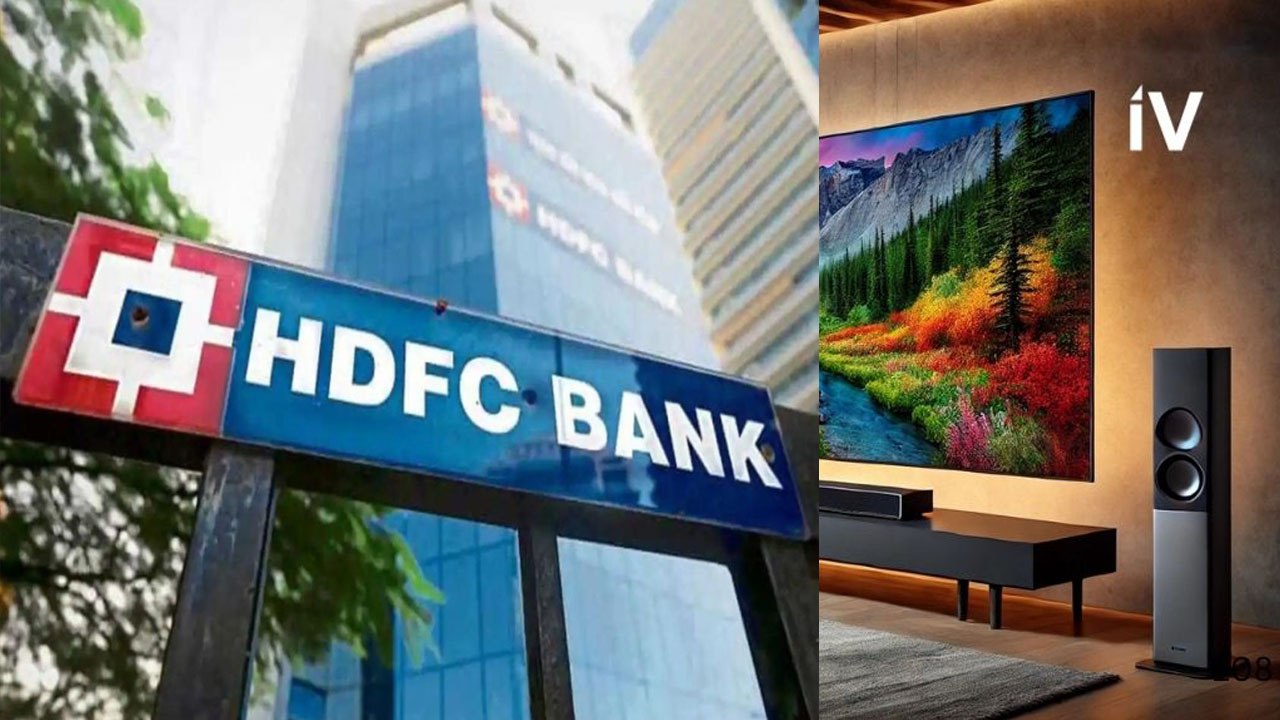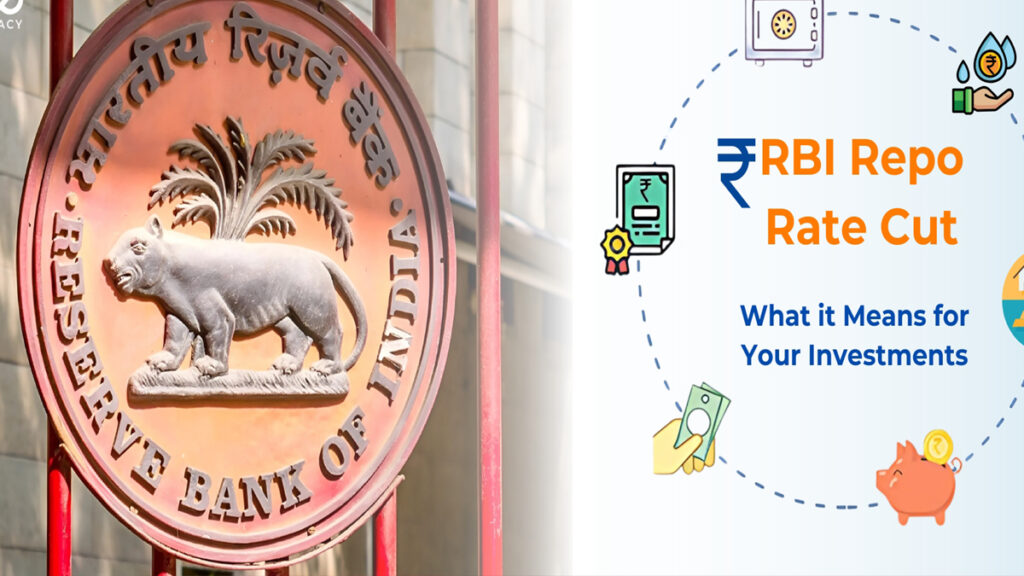Now Reading: RBI Gives Green Light to HDFC Bank for Stake Acquisition in AU Small Finance Bank
-
01
RBI Gives Green Light to HDFC Bank for Stake Acquisition in AU Small Finance Bank
RBI Gives Green Light to HDFC Bank for Stake Acquisition in AU Small Finance Bank

In a significant development in the Indian banking sector, the Reserve Bank of India (RBI) has granted approval to HDFC Bank, the country’s largest private sector lender, to acquire up to a 9.50% stake in AU Small Finance Bank (AU SFB). This move signals a potential strategic alignment between two prominent players in the financial landscape and has sparked considerable interest among industry observers and investors alike.
Key Highlights of the Approval:
- Stake Acquisition: HDFC Bank has been authorized to acquire up to 9.50% of the paid-up share capital or voting rights in AU SFB.
- Regulatory Nod: The approval comes from the RBI, the central bank and regulatory authority for the Indian financial system.
- Strategic Implications: The acquisition could lead to closer collaboration between HDFC Bank and AU SFB in various areas of business.
- Market Impact: The announcement has generated significant attention in the stock market, with potential implications for the share prices of both banks.
Background and Context:
HDFC Bank, a leading private sector bank in India, has a vast network and a strong presence across various banking segments. AU SFB, on the other hand, is a relatively younger but rapidly growing small finance bank with a focus on serving rural and semi-urban areas. The potential acquisition of a stake in AU SFB by HDFC Bank has raised questions about the strategic rationale behind this move and its potential impact on the competitive landscape.
Strategic Rationale:
Several factors could be driving HDFC Bank’s interest in acquiring a stake in AU SFB:
- Expanding Reach: AU SFB’s strong presence in rural and semi-urban areas could complement HDFC Bank’s existing network and help it expand its reach to underserved markets.
- Synergies and Collaboration: The two banks could potentially collaborate in areas such as lending, technology, and customer acquisition, leading to synergistic benefits.
- Investment Opportunity: Acquiring a stake in a growing bank like AU SFB could be seen as a long-term investment opportunity for HDFC Bank.
- Diversification: The acquisition could help HDFC Bank diversify its portfolio and reduce its reliance on specific market segments.
Impact on AU Small Finance Bank:
The potential investment by HDFC Bank could have several positive implications for AU SFB:
- Enhanced Credibility: Association with a large and well-established bank like HDFC Bank could enhance AU SFB’s credibility and reputation.
- Access to Resources: AU SFB could gain access to HDFC Bank’s resources, including technology, expertise, and a wider customer base.
- Growth Opportunities: The collaboration could open up new growth opportunities for AU SFB in various business segments.
Regulatory Aspects:
The RBI’s approval is a crucial step in this process. The central bank’s guidelines and regulations play a significant role in governing such acquisitions and ensuring the stability and soundness of the banking system.
Market Reaction:
The announcement of the RBI’s approval has generated considerable interest in the stock market. Investors and analysts are closely watching the developments and assessing the potential impact on the share prices of both HDFC Bank and AU SFB.
Future Outlook:
The acquisition of a stake in AU SFB by HDFC Bank could mark the beginning of a new chapter for both institutions. The potential synergies and collaborations could lead to significant benefits for both banks and their customers. However, the actual impact will depend on various factors, including the final stake acquired, the extent of collaboration, and the overall market conditions.
Conclusion:
The RBI’s approval for HDFC Bank to acquire a stake in AU SFB is a significant development in the Indian banking sector. This move has the potential to reshape the competitive landscape and create new opportunities for both banks. While the full impact of this development remains to be seen, it is clear that this is a space worth watching for industry observers, investors, and customers alike.










